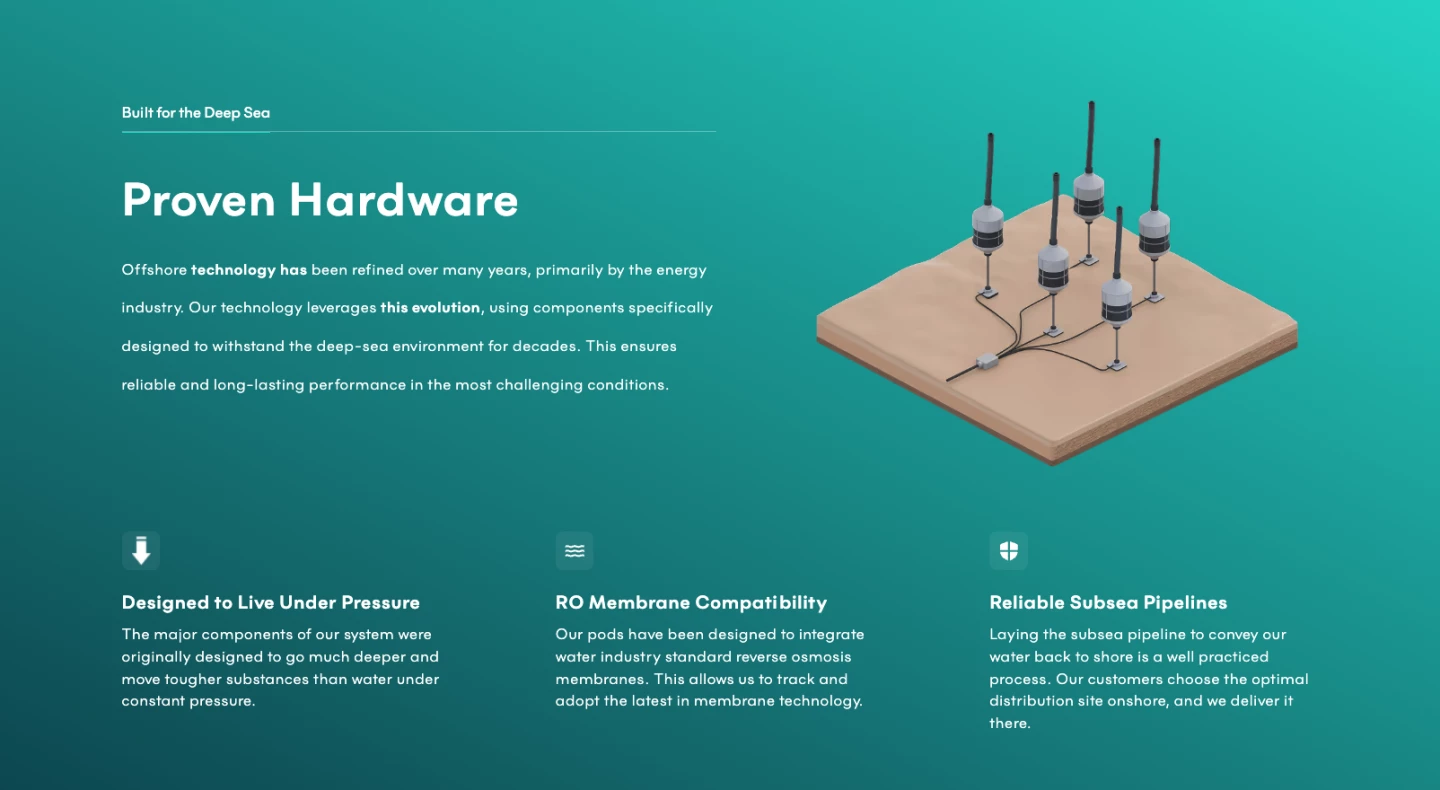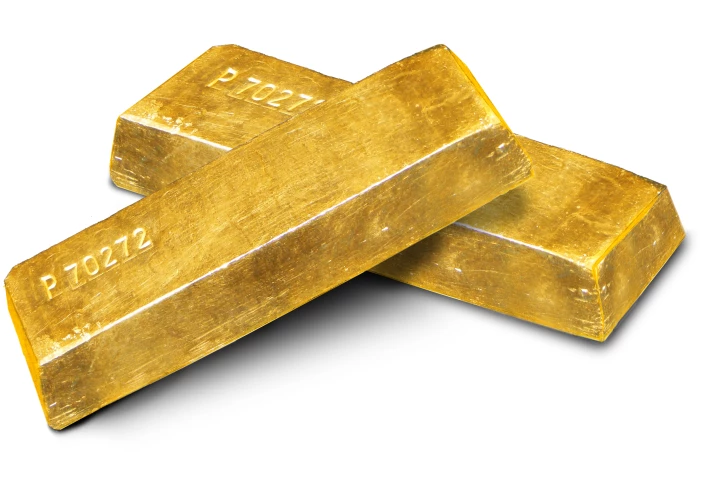Dozens of water-harvesting pods are set to be deployed along the sea floor off the coast of California as the United States ramps up its first subsea desalination project. The effort is expected to produce 60 million gallons (227 million liters) of fresh water per day.
Thanks to increasing temperatures, California frequently struggles with maintaining an adequate freshwater supply. Extreme heat causes reservoirs to experience more rapid evaporation, snowmelt runoff is lower because there is simply less snow, the Colorado river is losing volume, and droughts are becoming more frequent and severe. Now, a new project aims to bring in fresh drinking water from the billions of gallons of water that lay off the state's west coast – the Pacific Ocean.
Water technology company OceanWell has just announced the launch of the Water Farm 1 (WF1) project in cooperation with Las Virgenes Municipal Water District (LVMWD), which manages fresh water for about 70,000 residents located in western Los Angeles County. Six additional California water agencies are also part of the effort.
The project will see roughly 60 of the company's modular subsea pods submerged to a depth of about 1,300 ft (400 m) and mounted to the ocean floor in Santa Monica Bay, off the coast of Malibu. The tremendous pressure at this depth forces water through the filters in each pod through reverse osmosis.
The filters are fine enough to not only block salt particles but also microplastics, bacteria, viruses, and PFAS, also known as "forever chemicals." The result is a million gallons of super-clean drinking water per pod per day That water is produced without mechanical action or disruption to marine life, and cuts energy usage by 40% compared to a traditional desalination plant, says OceanWell. The project aims to have the underwater facility pumping out 60 million gallons of clean water per day by 2030, and more beyond that.

"California, like much of the world, urgently needs a new source of water to replace dwindling supplies," said Robert Bergstrom, CEO of OceanWell. "Water Farm 1 shows how we can responsibly and economically harvest fresh water from the ocean by building infrastructure to withstand rapidly melting snowpack, increasing drought, more extreme atmospheric rivers, sea water intrusion, and overdrawn groundwater. Water Farm 1 is a critical milestone toward OceanWell's goal of adding one million acre-feet of new potable water to the global supply within a decade."
WF1 follows a pilot project OceanWell carried out with LVMWD in March 2025 that demonstrated the efficacy of the underwater filtration system.
As the project advances, several of the agencies in the consortium will conduct feasibility studies that examine ways to connect the WF1 water to existing infrastructure, while OceanWell's Tribal and Environmental Working Groups will continue to evaluate the results of the pilot pod. That will help the team configure the eventual size of the water harvesting field and ensure the project "reflects ecological best practices and community priorities," according to the company.
In addition to directly providing water to residents in LVMWD, the WF1 project is set to benefit other partners as well, such as the further afield city of Burbank.
"The City of Burbank does not have the ability to receive water directly from the Pacific Ocean," says Richard Wilson from Burbank Water and Power. "But with others in this consortium, we are working with the Metropolitan Water District of Southern California (MWD) to develop an innovative program to receive this water through an exchange. Burbank will pay for the delivery of OceanWell water to other partners in Water Farm. The water can then be exchanged between partners within the consortium by using water within MWD's system."
Source: OceanWell






